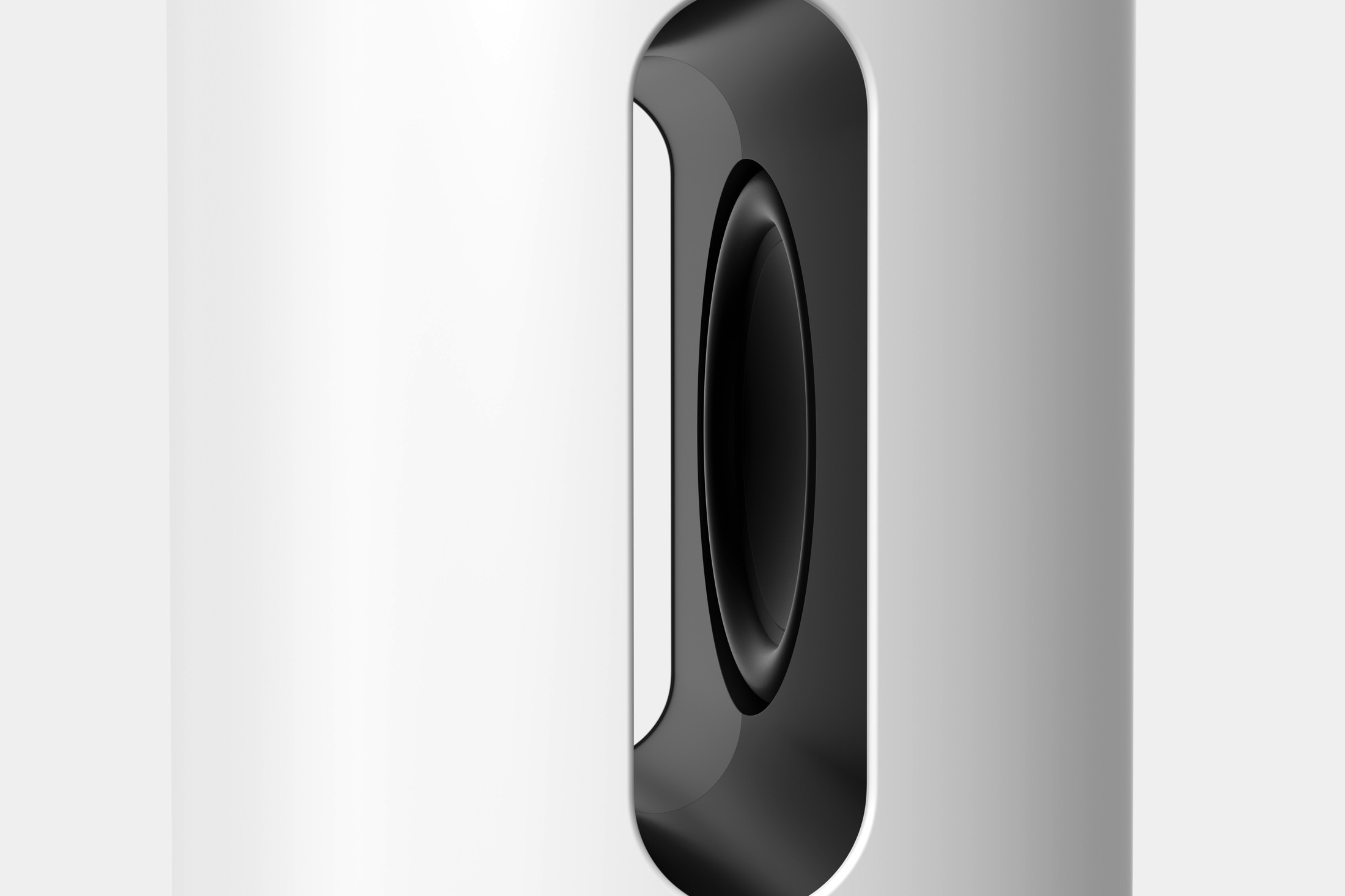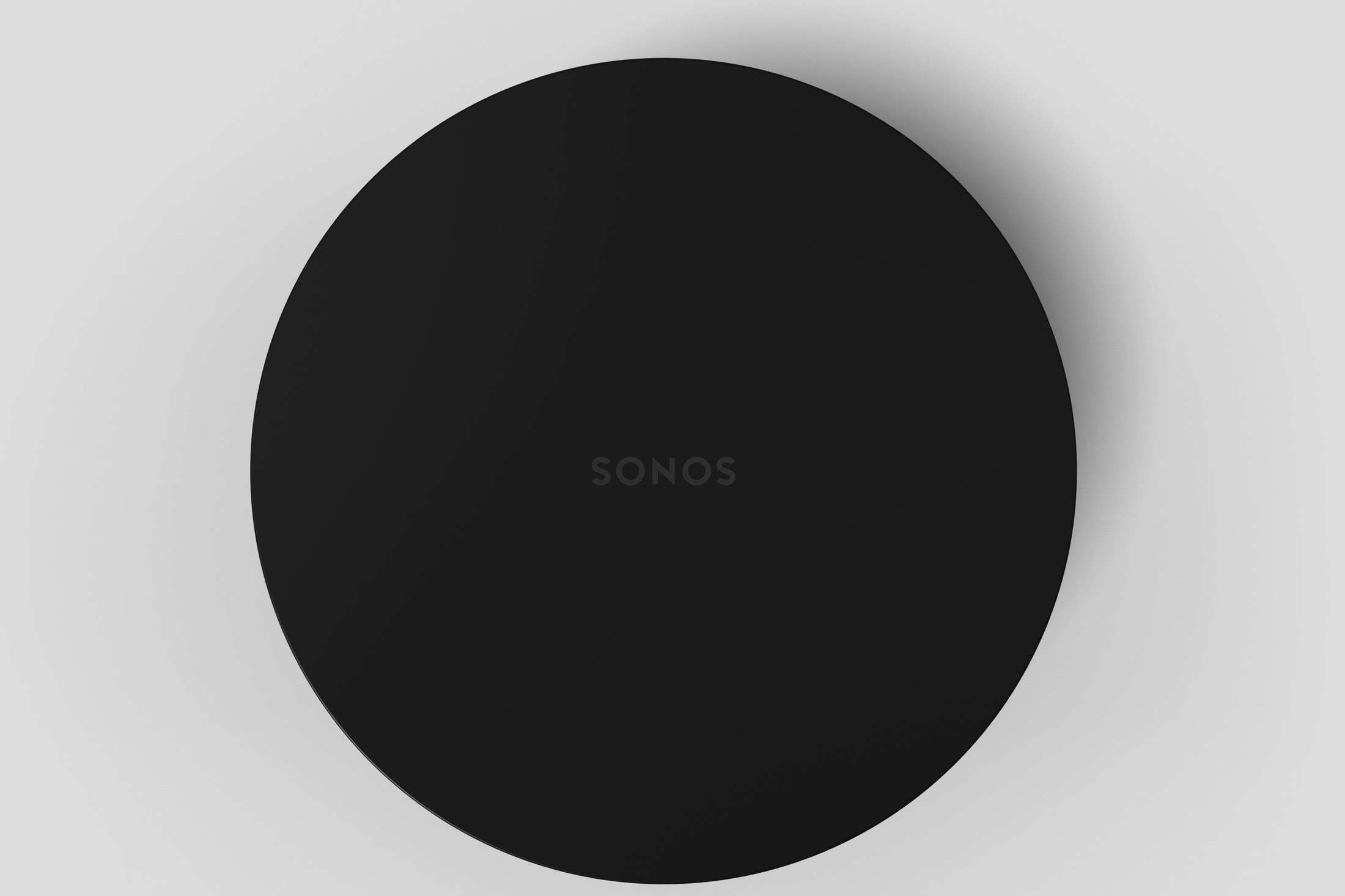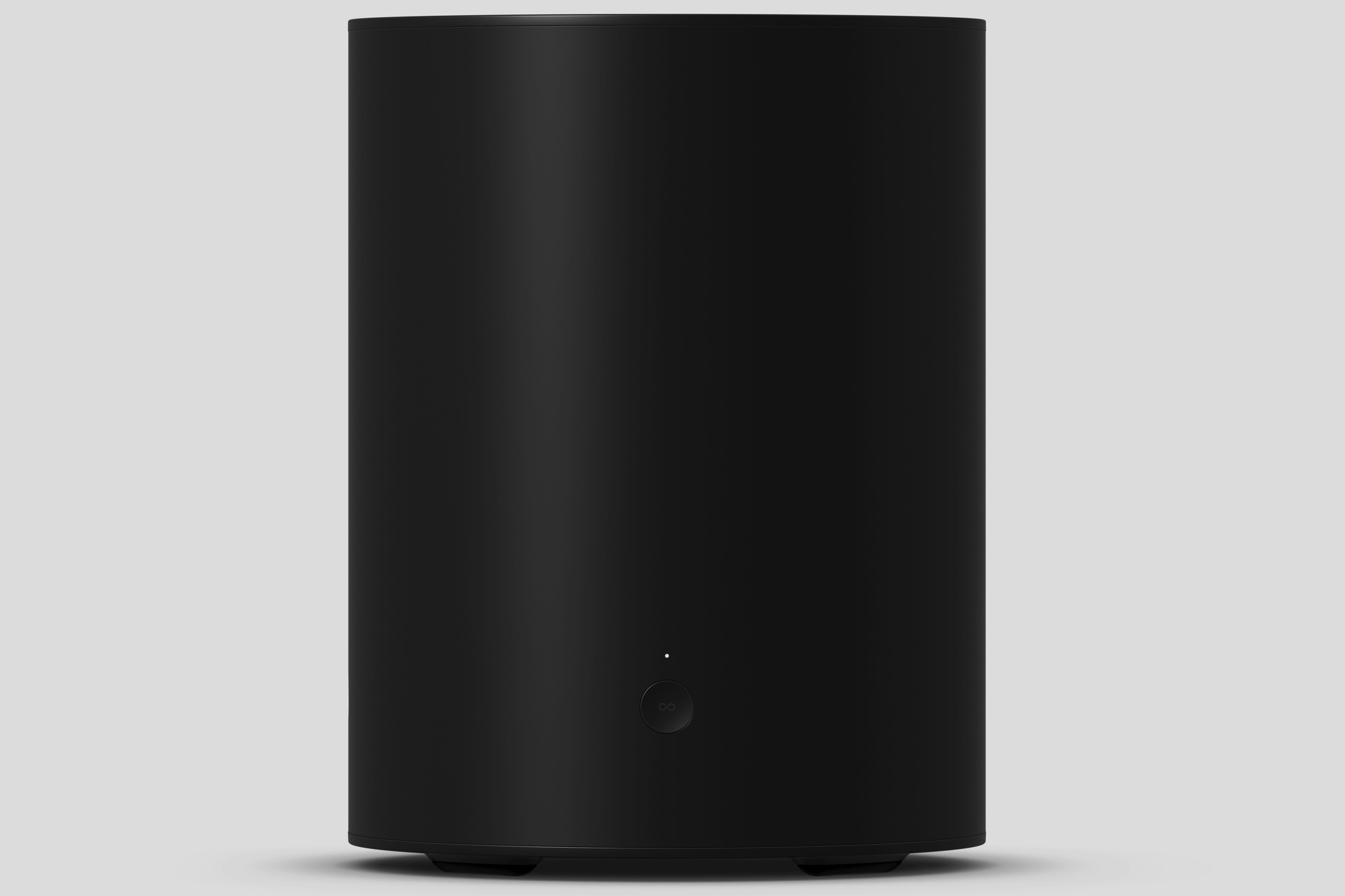Following months of speculation, Sonos has announced the Sub Mini, a smaller and more affordable wireless subwoofer that works with the company’s collection of wireless speakers and soundbars. It will be available starting October 6, in both black and white versions, for $429.

The new addition to the Sonos lineup is targeted at those with small-to-medium-sized rooms who want better low-end sound. It will be particularly well-suited to people who own the company’s smaller soundbars like the Sonos Beam and Sonos Ray, for which the existing $749 Sonos Sub was a poor match both in price and power. In true Sonos fashion, you’ll be able to pair the Sub Mini with almost any combination of Sonos products, with the exception of the company’s portable speakers, the Move, and the Roam.
At one foot tall, the Sub Mini is only slightly shorter than the 15-inch Sonos Sub. Still, with a fully cylindrical shape and a nine-inch diameter, it will likely be able to fit in many places where the Sub can’t. Its matte finish (whether in black or white) is also a better match for the rest of the Sonos speaker family than the high-gloss Sub.

Though smaller than the Sub, the Sub Mini uses the same driver configuration, with two six-inch woofers that face each other across a small channel that cuts through the speaker’s center. Sonos claims this arrangement creates a force-canceling effect, which minimizes vibrations in the cabinet. The result is a quiet and stable enclosure that you can even use as a base for other objects.
Sonos also says that the Sub Mini’s horizontall -arranged driver configuration lets it produce the “full-toned low frequencies expected from a much larger subwoofer.” But despite that claim, the company also wants to temper those expectations a bit, especially as it relates to comparisons with the more powerful Sonos Sub. While it’s possible to pair the Sub Mini with the Arc, the company’s flagship Dolby Atmos soundbar, Sonos notes that this combo should only be done in smaller rooms, and at low-to-moderate volume levels. In all other scenarios, Sonos still recommends the larger Sub.

Like the rest of Sonos’ non-portable speakers, the Sub Mini has an Ethernet port for those who prefer wired connections, but there are no other inputs or outputs on the speaker, and no touch controls or microphones. There’s also no support for Apple AirPlay 2, which Sonos has been including on all of its wireless speakers since 2019. This means the Sub Mini can’t be used as part of a multiroom or multi-speaker system using Apple’s HomeKit, and you won’t be able to stream directly to the Sub Mini from an Apple device. Another limitation: Unlike the Sonos Sub, which can be used alone or with a second Sub in a home theater configuration, you can only use one Sub Mini with the company’s soundbars.
We expect the Sub Mini will be the perfect companion to Sonos’ smaller soundbars, as well as its wireless speakers, for those who want a fuller, more powerful low-end response. One big advantage Sonos has in this area is that it already knows the capabilities of its speakers, so the Sonos software can create an optimal choice of crossover frequency, regardless of the speakers being used with the Sub Mini. The company’s TruePlay tuning will be able to further optimize the sound for your specific room, and the Sonos app will still offer EQ adjustments with Sub Mini-configured rooms.
Digital Trends should have an in-depth review of the Sub Mini in the coming weeks, so check back with us before the end of September to read our thoughts on Sonos’ latest product.






